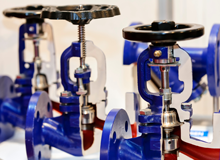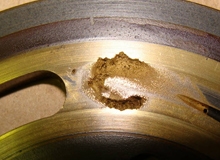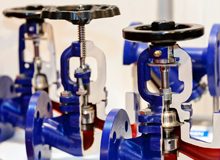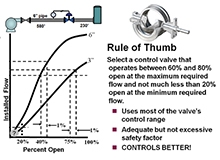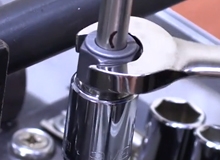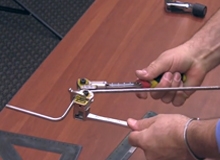Power Generation Resources
Power Generation
In recent years, portable filtration units, often referred to as filter carts, have become a common tool in the lubrication professional’s arsenal. Increasing demand for these systems has led to the development of a wide range of new products and driven down prices, which is a good thing. When filter carts first came onto the scene they were primarily used by service providers for decontaminating large systems. These early models were typically designed for low viscosity oils in large volume systems and were on the expensive side, making them unsuitable or impractical for many applications.
Operational efficiency is a critical factor in the fluid processing industry. The synergy of fitting components and assembly technology to achieve this objective is the focus of Fit-LINE, Inc. Applying extensive polymer technology and injection molding expertise, the company has analyzed the design, tooling and manufacturing processes required to create high-performance solutions for demanding high-purity fluid processing applications. Through extensive R&D, testing and evaluation, Fit-LINE has isolated three variables that need to be addressed to ensure leak-free fitting assemblies.
This is Part IV in a four-part series based on the contents of the new textbook, “Control Valve Application Technology, Techniques and Considerations for Properly Selecting the Right Control Valve.”
Cavitation is the 2nd leading cause of a pump system failure. It’s for this reason that a full understanding of what cavitation is, how it is caused and how it can be prevented is critical in the fluid power industry.
In order to get good control with stability throughout the full range of required flow rates, one must use a control valve that has an installed flow characteristic that is linear, or at least as close to linear as possible in most systems.
A growing trend in industrial plant design is wireless connectivity. Recent technological advances have made wireless protocols significantly more robust and reliable than previous versions, enough so to rival traditional hard-wired connections.
Tasked with increased demand for high power output, many operators in North American sectors such as power generation, oil and gas, petrochemical and chemical have been challenged by low-voltage solutions and their associated logistical challenges.
When control valve professionals talk about "control valve sizing," they really mean the entire process of selecting the valve that will do the best job of controlling the process. Selecting the right size valve is an important part of the process, but there are other equally important considerations as well.
This video takes you step by step from deburring a piece of tubing, marking the tubing, making up the fitting, and pressurizing the fitting to show that it only takes one and a quarter turn to properly seal a fitting from leaks.
In this video Rich Wilbur demonstrates how you can use tubing that you can measure, mark, layout, and bend. Check it out!
A lesson for me is that I need to involve you earlier in the program.
You were tireless in your support and it will not be forgotten!

